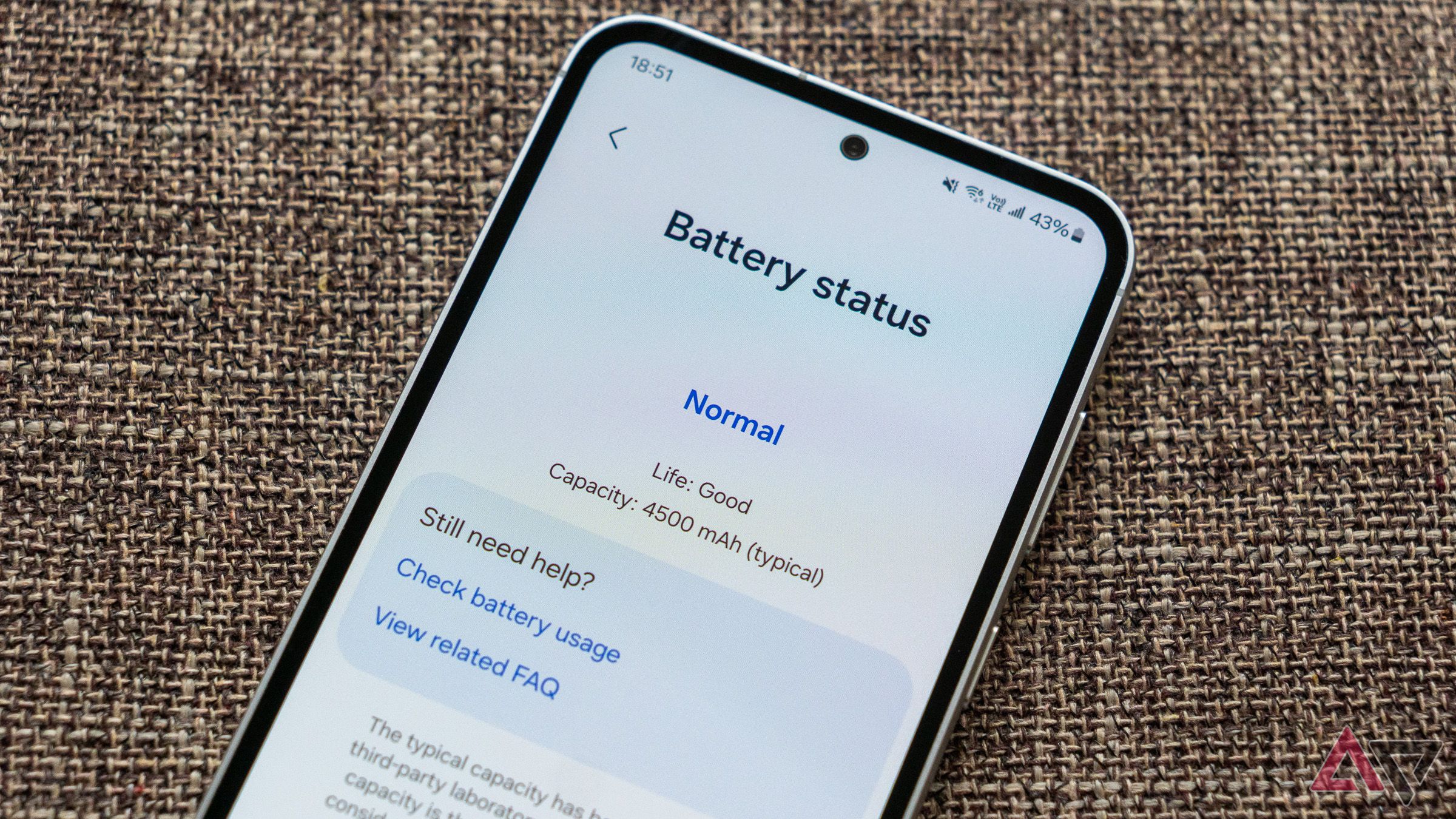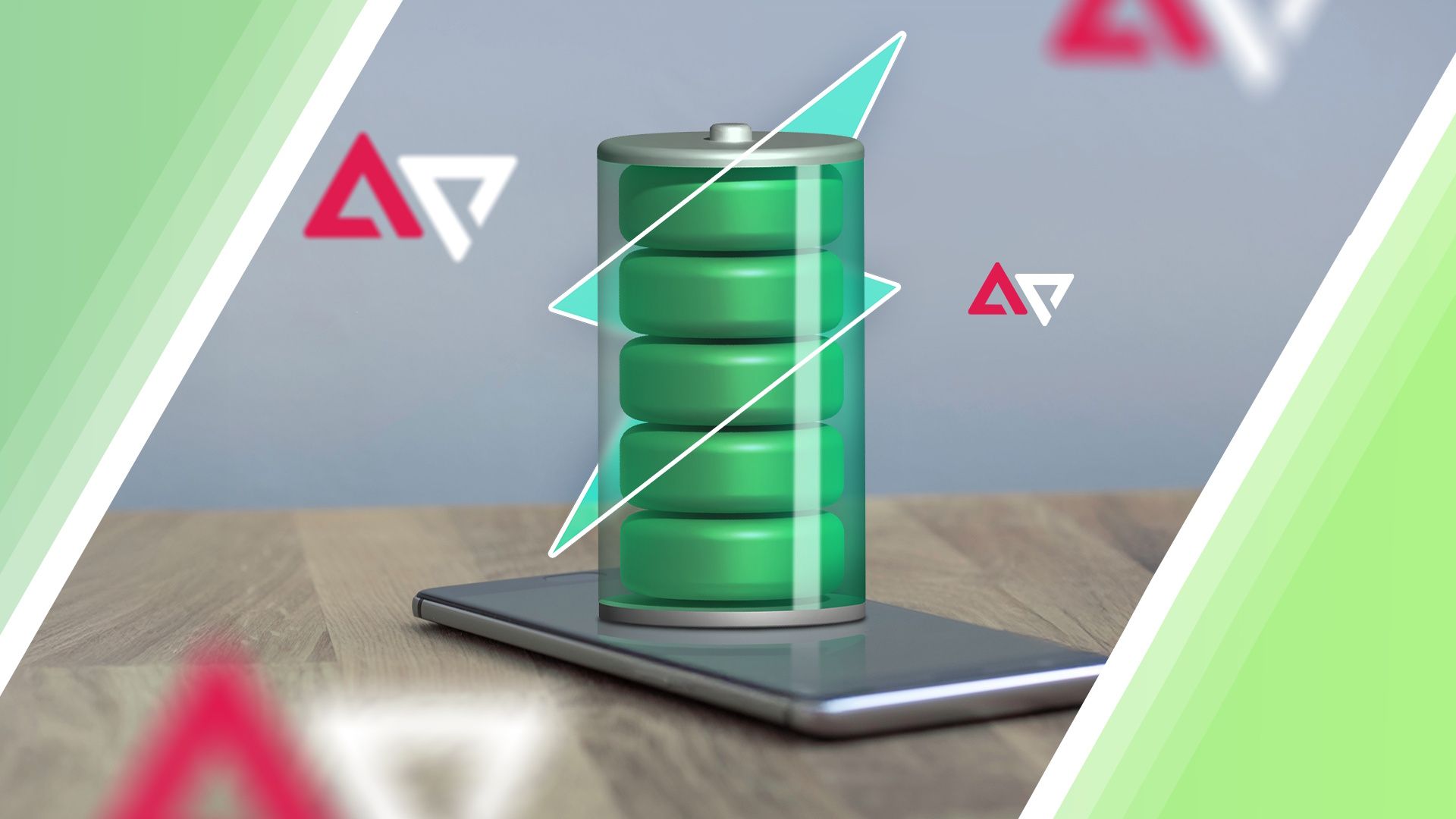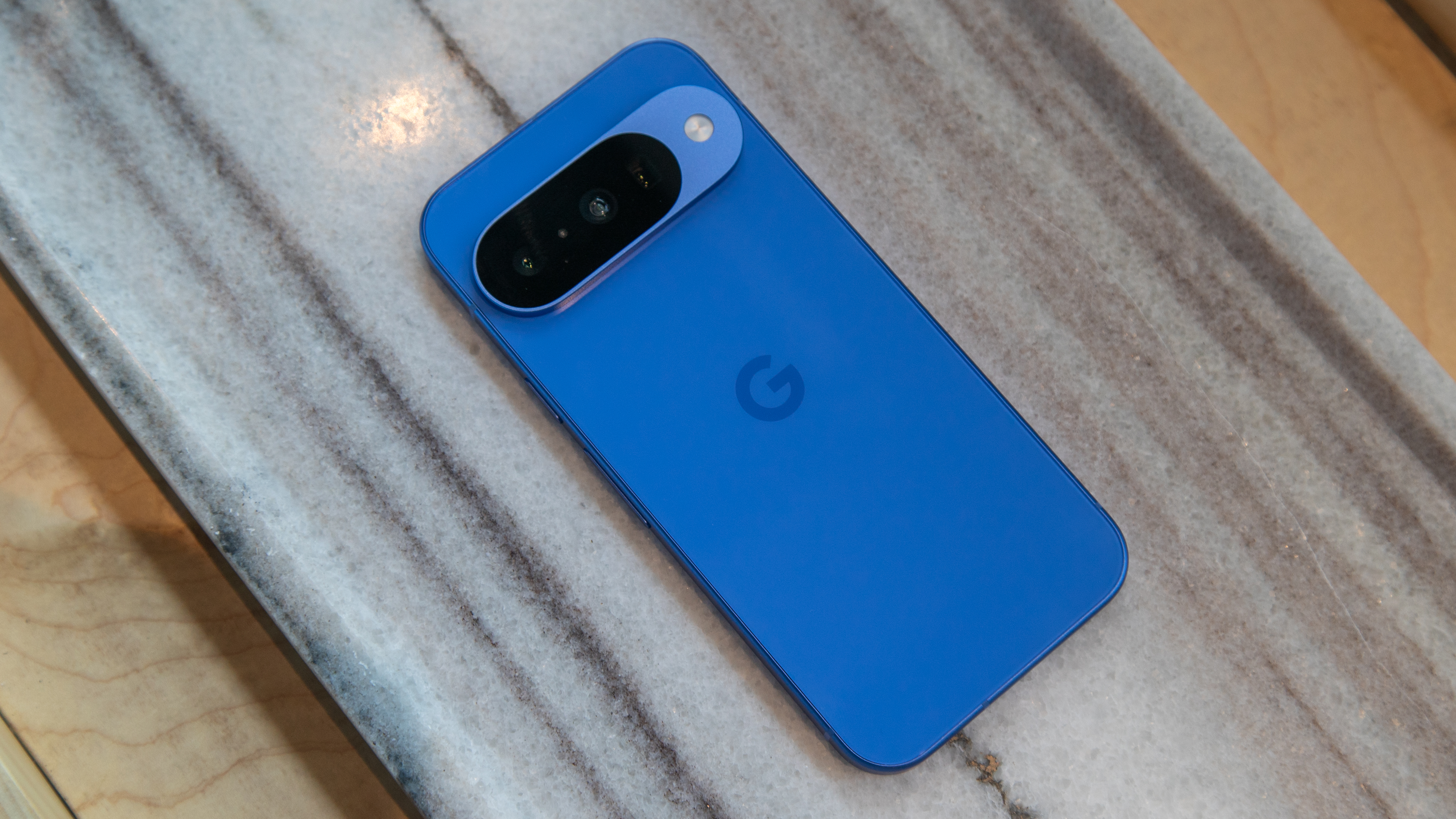The story of the Pixel’s battery woes is told across forums and social media threads. Some days, the battery is solid all day. Other times, it tanks by 3 p.m.
This inconsistency is frequently tied to the very software updates meant to improve the device.
Let’s break down why Google’s current approach isn’t enough and what kind of real solution could fix the problem for good.

Related
The AI tax and how intelligence drains the battery
Source: Lucas Gouveia/Android Police | quietbits/Shutterstock
The Pixel’s battery struggles are a direct consequence of its core identity. One of Google’s mobile strategies is built on powerful, on-device artificial intelligence, and that intelligence comes at a steep energy cost.
AI and machine learning tasks are some of the biggest battery hogs on any smartphone. What I like to call the “AI tax” comes down to three things.
Features like Natural Language Processing (NLP) for Google Gemini, real-time image analysis for Google Lens, and the complex algorithms behind computational photography demand a lot of processing power.
They rely heavily on the CPU, GPU, and the Neural Processing Unit (NPU) to complete the job.
Second, a lot of Pixel magic happens quietly in the background. Features like Android System Intelligence, Now Playing, and Adaptive Connectivity keep working behind the scenes, and so does the battery drain.
Finally, even though many of the Pixel’s AI runs on the device, some features rely on a hybrid model of offloading tasks to the cloud. This frequent data transfer is another power consumer.

- SoC
-
Google Tensor G4
- RAM
-
16GB
The Pixel 9 Pro brings a new form-factor to Google’s high-end offerings, sporting the same dimensions as the standard Pixel 9 model while packing all the AI and camera prowess we’ve grown accustomed to from Google’s Pro lineup.
Pixel users are forced to turn off what they love
Image source: Lucas Gouveia/Sanuj Bhatia/Android Police
To cope, users resort to a ritual of systematic compromise, turning off the features that define the Pixel Android experience.
To keep the battery alive, we must sacrifice the 120Hz refresh rate, the Always-on Display, and features like Gemini. In the end, it makes you question the whole deal.
If I have to turn off everything that makes the Pixel special, what’s the point of buying it in the first place? That sums up the Pixel Paradox. Brilliant brains, broken batteries.
The battery breakthrough the Pixel desperately needs
Source: Lucas Gouveia/Android Police | quietbits/Shutterstock
The Pixel needs a major upgrade in battery tech, specifically, switching from graphite to silicon-carbon anodes.
This tech is already showing up in flagship phones from brands like Honor and OPPO, and it’s the biggest shift in phone battery power since lithium-ion became the standard.
Silicon-carbon (Si-C) batteries replace graphite with a composite material made of silicon and carbon.
Silicon atoms can physically hold up to 10x more power than graphite atoms. While the 10x figure is a theoretical maximum, real-world implementations already show impressive gains.
The Honor Magic 5 Pro’s first-gen Si-C battery increased energy density by 12.8%. Newer models now pack 5,600mAh to 7,000mAh batteries into phones with standard form factors.
The engineering challenges of Silicon-Carbon batteries
The path to silicon-carbon adoption has not been simple. The tech comes with some engineering hurdles, probably why big players like Apple and Samsung have been followers rather than pioneers.
Silicon’s Achilles’ heel is that it swells up to 300% to 400% when it charges.
This massive expansion stresses the battery’s internal structure, causing the anode to crack and pulverize over time. This process degrades the battery and shortens its overall lifespan.
The carbon in the composite forms a structural buffer to contain this, but it doesn’t completely solve the problem.
These batteries lose capacity faster than their older counterparts. Making these high-tech battery materials isn’t cheap, either.

Related
5 features Google needs to add to its upcoming Pixel 10 to please this fanboy
It’s time for Google to make a few simple tweaks
Pixel 10 and silicon-carbon are a perfect match
Source: Lucas Gouveia/Android Police | Shutterstock-Pixelsquid/Shutterstock
Let’s talk about the Pixel 10. The timing couldn’t be better. With a launch expected in 2025 or 2026, Google has a golden window to make a meaningful leap.
Next-gen Si-C batteries are already showing up in phones, and with Samsung reportedly eyeing them for the Galaxy S26, the technology is becoming a safer bet.
Google’s all-in on AI, but traditional batteries hold that vision back. A silicon-carbon battery might be the only real fix, finally giving the Pixel the power it needs to match everything Google wants it to do.
The Pixel’s promise can’t be fulfilled without better power
Google’s software has written checks that its battery hardware could not cash. Users have learned to live with this.
However, as on-device intelligence becomes the central pillar of the smartphone experience, this is no longer sustainable. The era of software compensating for hardware must end.
Silicon-carbon batteries are maturing, and if Google adopts them, the Pixel 10 could be the best Pixel phone we’ve been waiting for.
Source link






